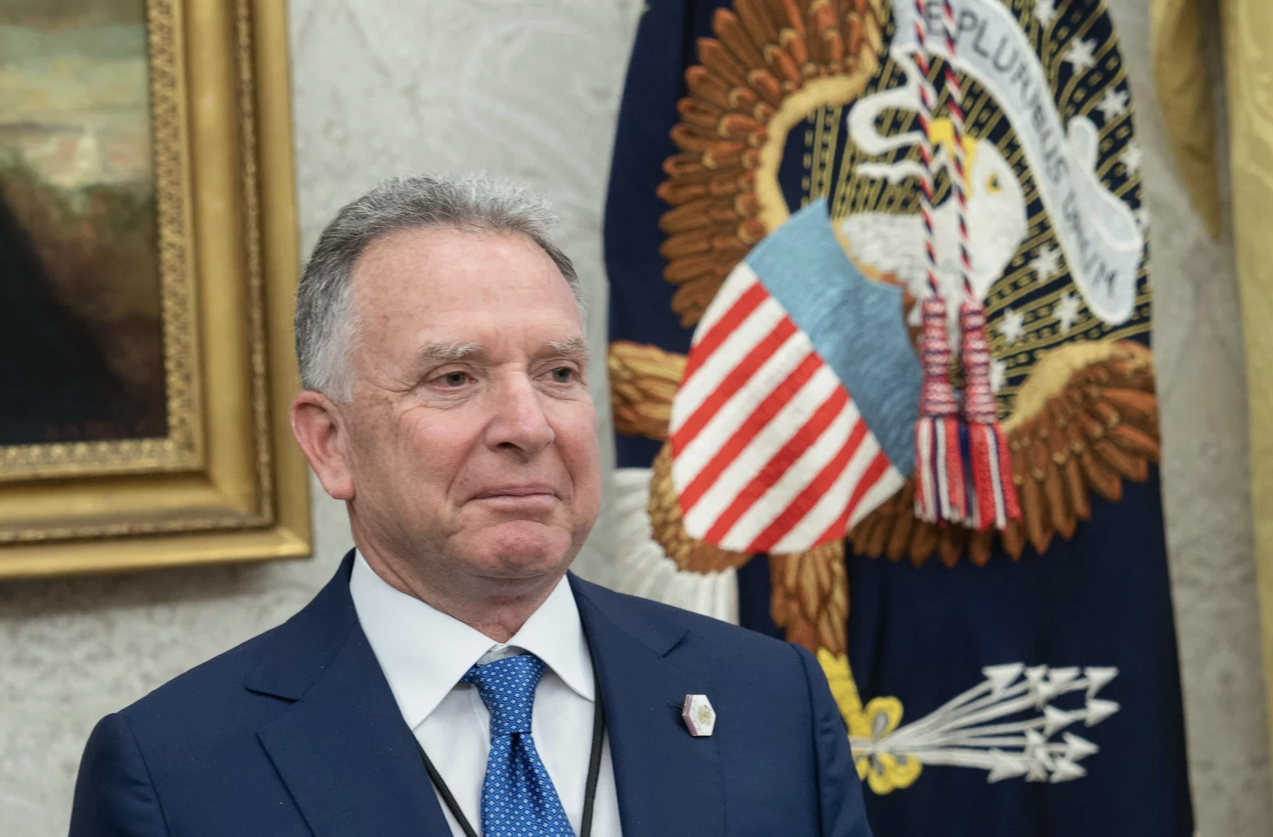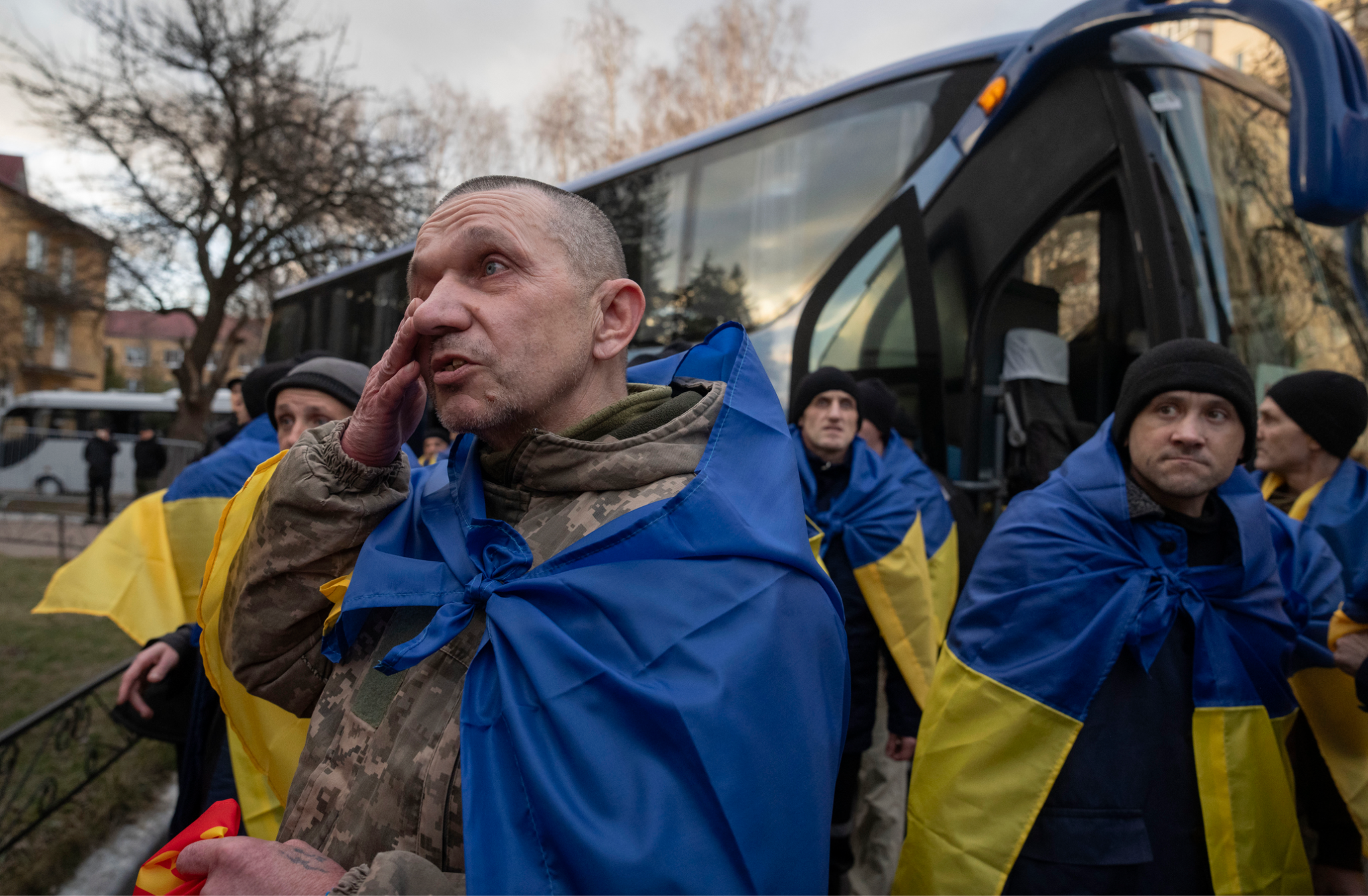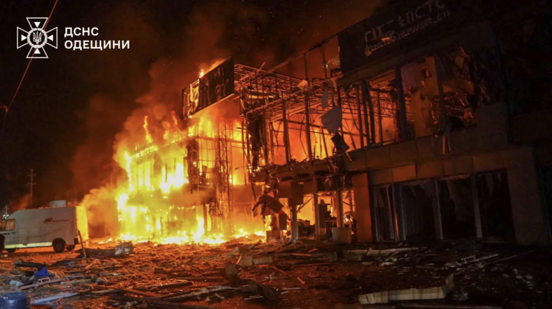Following U.S. envoy Steve Witkoff’s trip to Moscow last Thursday, he told CNN on Monday that President Trump would be speaking with Putin sometime this week—a call PBS later confirmed would take place on Tuesday. We also got a bit more insight into Witkoff’s closed-door meeting with Putin—at least in terms of what was discussed. He confirmed that territory was part of the conversation, though he declined to say what that might mean for Ukraine’s future borders. Witkoff tried to reassure the public that Ukraine is being kept updated on every move, but whether that’s actually happening is still anyone’s guess.

Trump and Putin held their long-awaited phone call Tuesday, which lasted around 90 minutes and resulted in what both sides are calling a temporary energy ceasefire. Putin supposedly agreed to halt strikes on Ukrainian energy infrastructure for 30 days, while also laying out a familiar set of conditions for any broader peace deal—vague phrases like eliminating the “root causes” of the war, which we all know is Kremlin-speak for NATO guarantees and territorial concessions. Trump celebrated the call as “productive,” and claimed on Truth Social that it marked the beginning of the end of the war. Meanwhile, Zelenskyy—who was once again not involved in the actual conversation—said he supports the energy ceasefire but made it clear Russia is still not serious about peace. On the battlefield, Ukraine continued pushing hard, launching a new cross-border assault into Russia’s Belgorod region, a reminder that while Western leaders talk, Ukraine is still very much interested in taking the fight to Russia.

On Wednesday, President Zelenskyy finally spoke with Trump in what both called a “very good” and “substantive” hour long call. According to CBS News, much of the conversation centered on aligning with Trump’s prior call with Putin, particularly around a partial energy ceasefire. Trump’s team claimed Zelenskyy was “fully briefed,” and even floated the bizarre idea that the U.S. could “take ownership” of Ukraine’s nuclear power plants to protect them. Zelenskyy, while supportive of steps toward peace, made it clear he remains skeptical, saying Putin’s words alone aren't enough and that Ukraine needs technical guarantees, not vague promises. As ABC reported, Ukrainian and American teams are expected to meet in Saudi Arabia to sort out the logistics of said deals. And in a welcome bit of good news, AP reported that Ukraine and Russia carried out one of the largest prisoner swaps since the full-scale invasion began, with 175 soldiers returned on each side—and to top it off, Zelenskyy confirmed that a fresh batch of long-awaited F-16 fighter jets has officially landed in Ukraine.
Just hours after Trump publicly praised Putin’s supposed desire for peace, Russia unleashed one of its largest drone assaults in weeks—launching nearly 200 drones that left civilians wounded and homes burning across Ukraine’s Kirovohrad region. Zelenskyy posted images of the destruction, calling out the Kremlin’s continued aggression despite its “partial ceasefire” claims. Zelenskyy shared haunting images of the aftermath, declaring that Russia’s attacks “do not stop”. Ukraine’s air defenses shot down 75 of the drones, but the damage was already done. Meanwhile, Kyiv fired back hard, targeting Russia’s Engels airbase—deep inside Russian territory. The New York Times confirmed that the strike had hit weapons storage areas and triggered secondary explosions, forcing Russian evacuations. As if that wasn’t enough, Putin signed a new decree ordering Ukrainian citizens without legal status in Russia and occupied territories to leave by September 10, further escalating his campaign to “Russify” illegally seized land. While the US seems set on playing both sides being ever unpredictable, the UK hosted senior NATO-aligned military leaders to discuss forming a Western-led peacekeeping force for Ukraine, a plan now moving into its operational phase, according to BBC.

On Friday, we continued to see what this so-called “partial ceasefire” really means—Russia is making it crystal clear. While Moscow claims to be refraining from strikes on energy infrastructure, it’s seemingly redirecting its firepower toward civilians instead. Russian drones hammered the Black Sea port city of Odesa, sparking massive fires and injuring civilians just hours before Czech President Petr Pavel arrived. In the southeast, Zaporizhzhia was hit more than ten times, killing two and injuring nine—including a nine-month-old infant. Ukraine’s air defenses intercepted much of the 200+ drones launched, but civilian neighborhoods were still left smoldering. Meanwhile, Germany approved €3 billion in long-delayed military aid, and the UK pledged to ramp up its military planning—including the possibility of boots on the ground—if a ceasefire deal ever actually materializes.